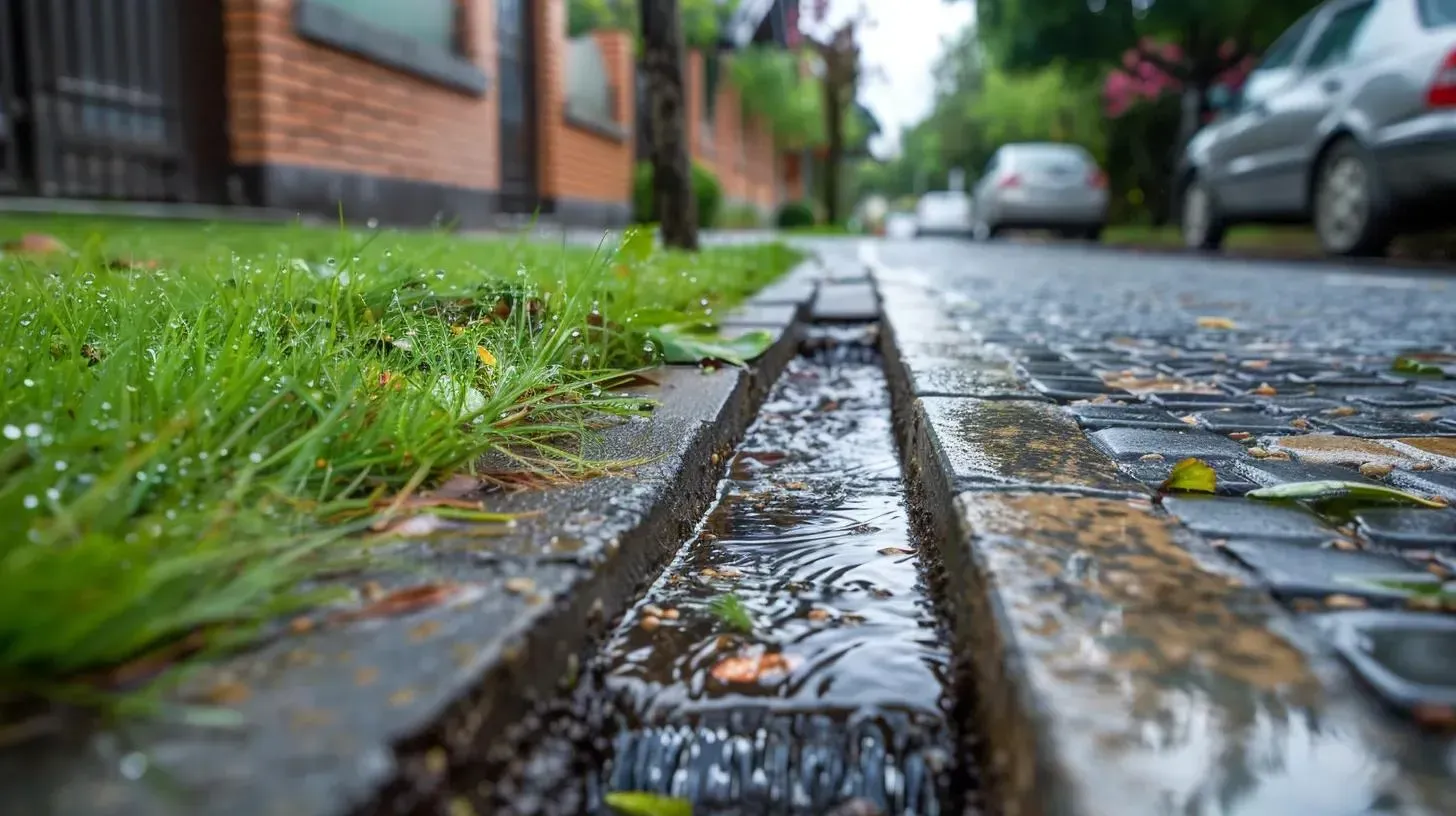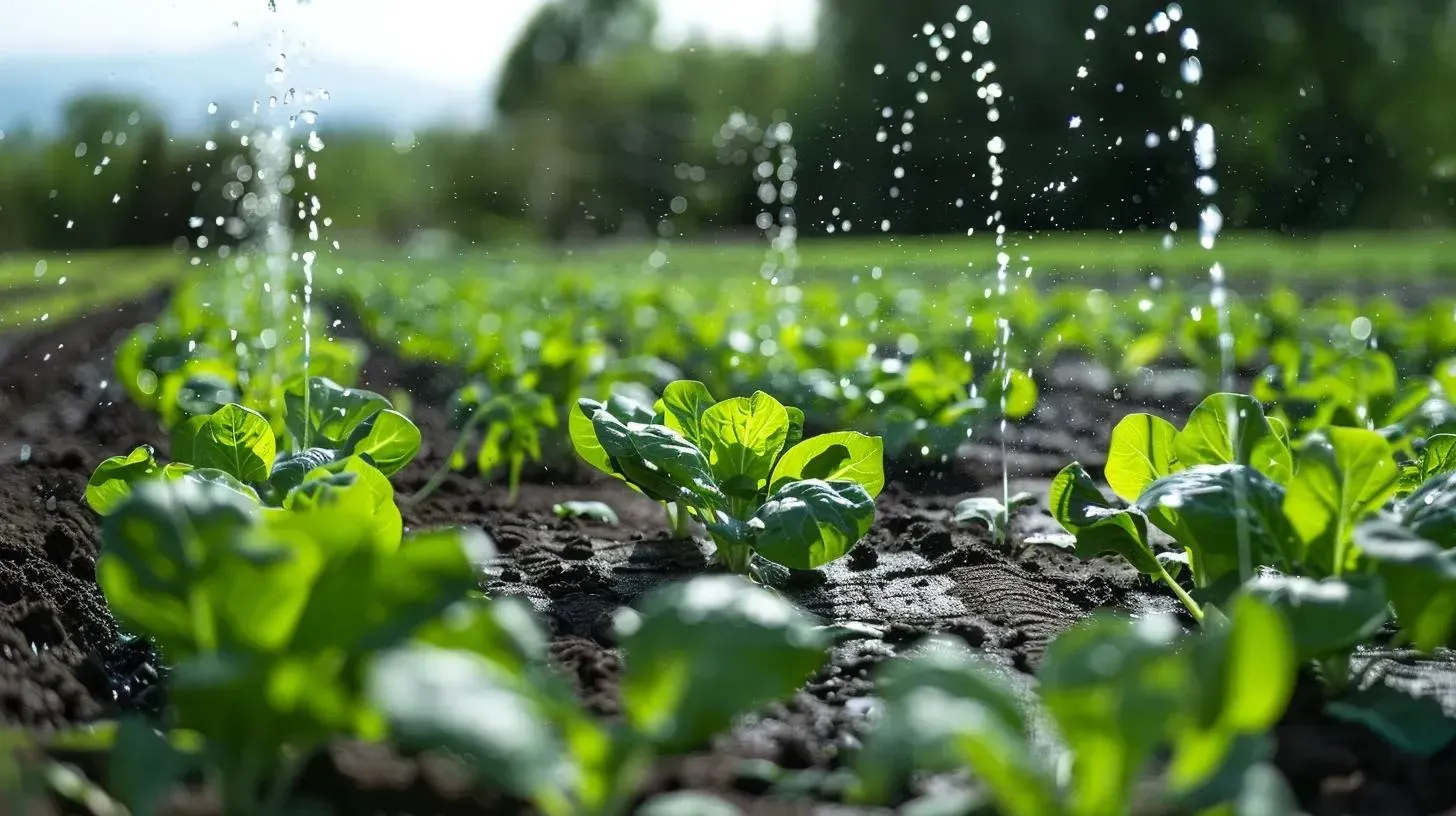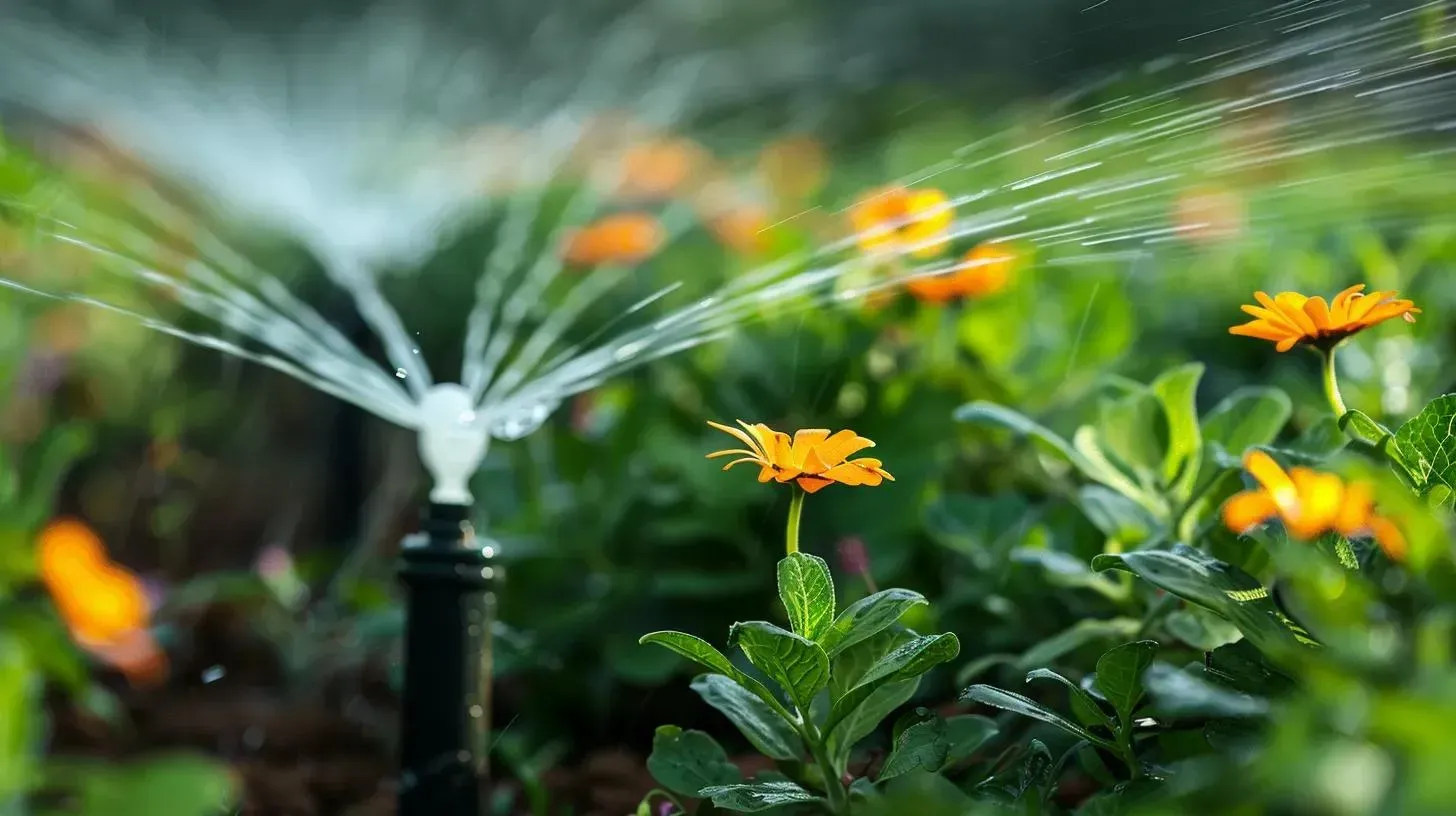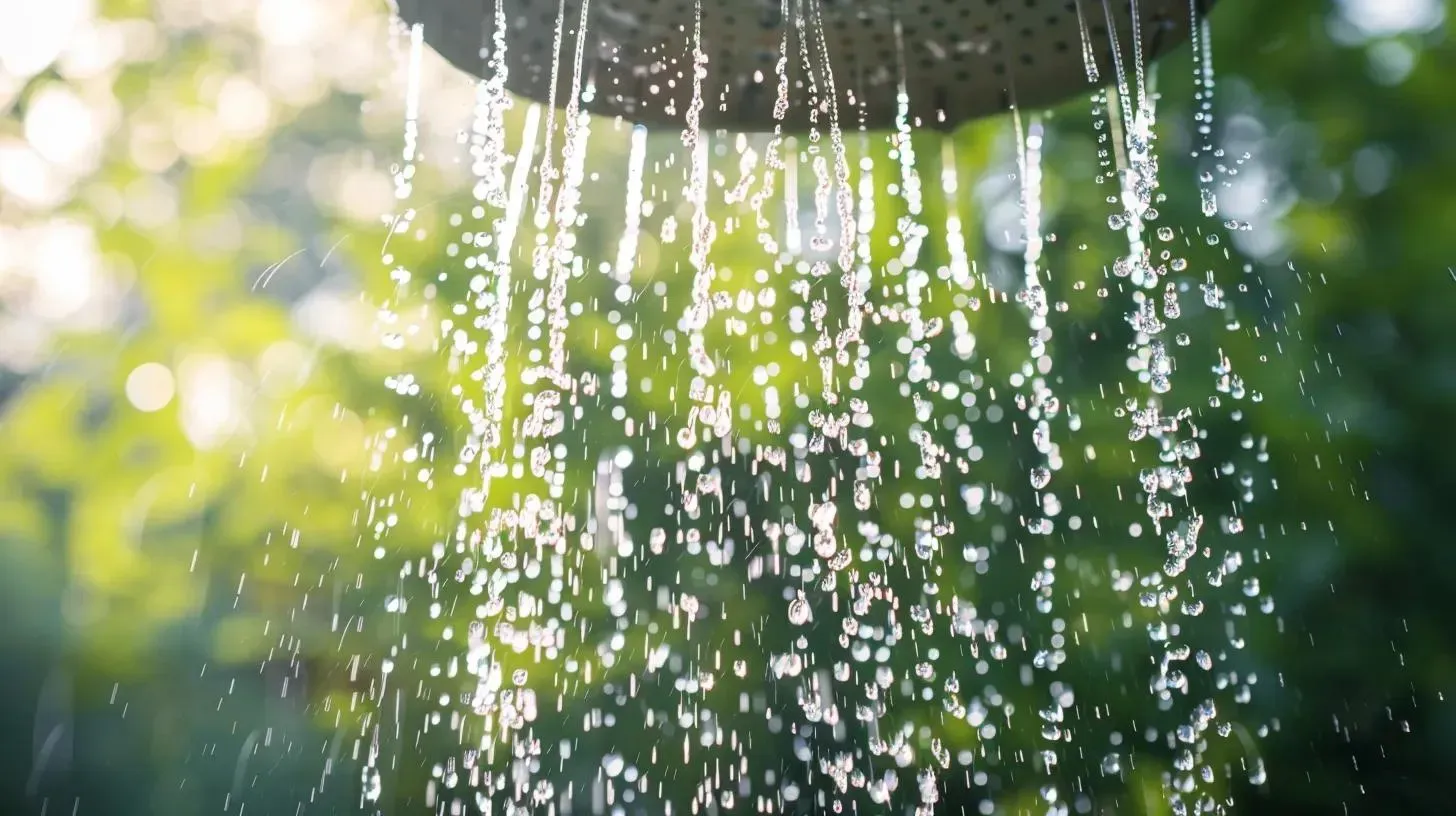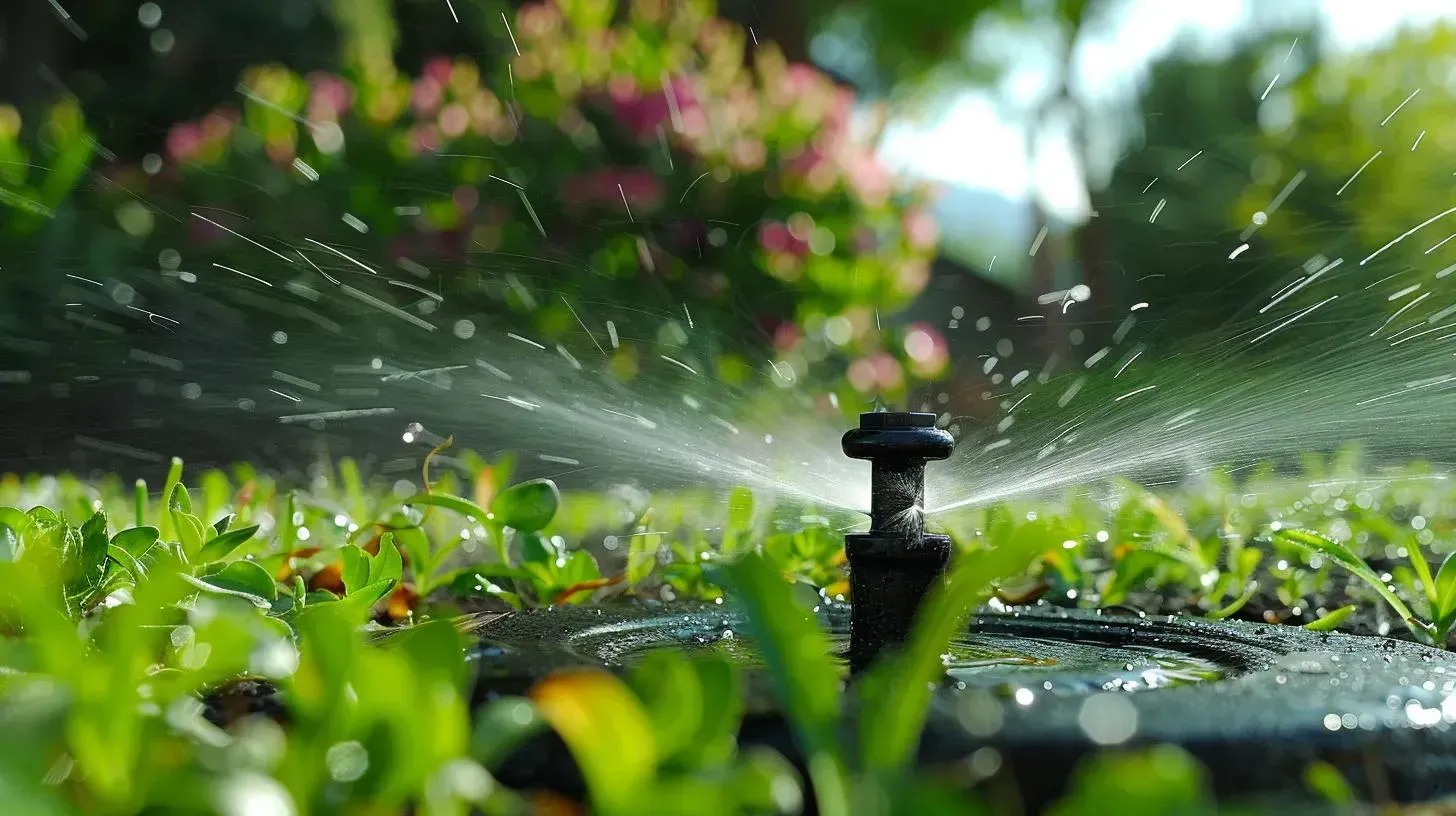What are the benefits of a custom-designed patio versus a pre-built kit?
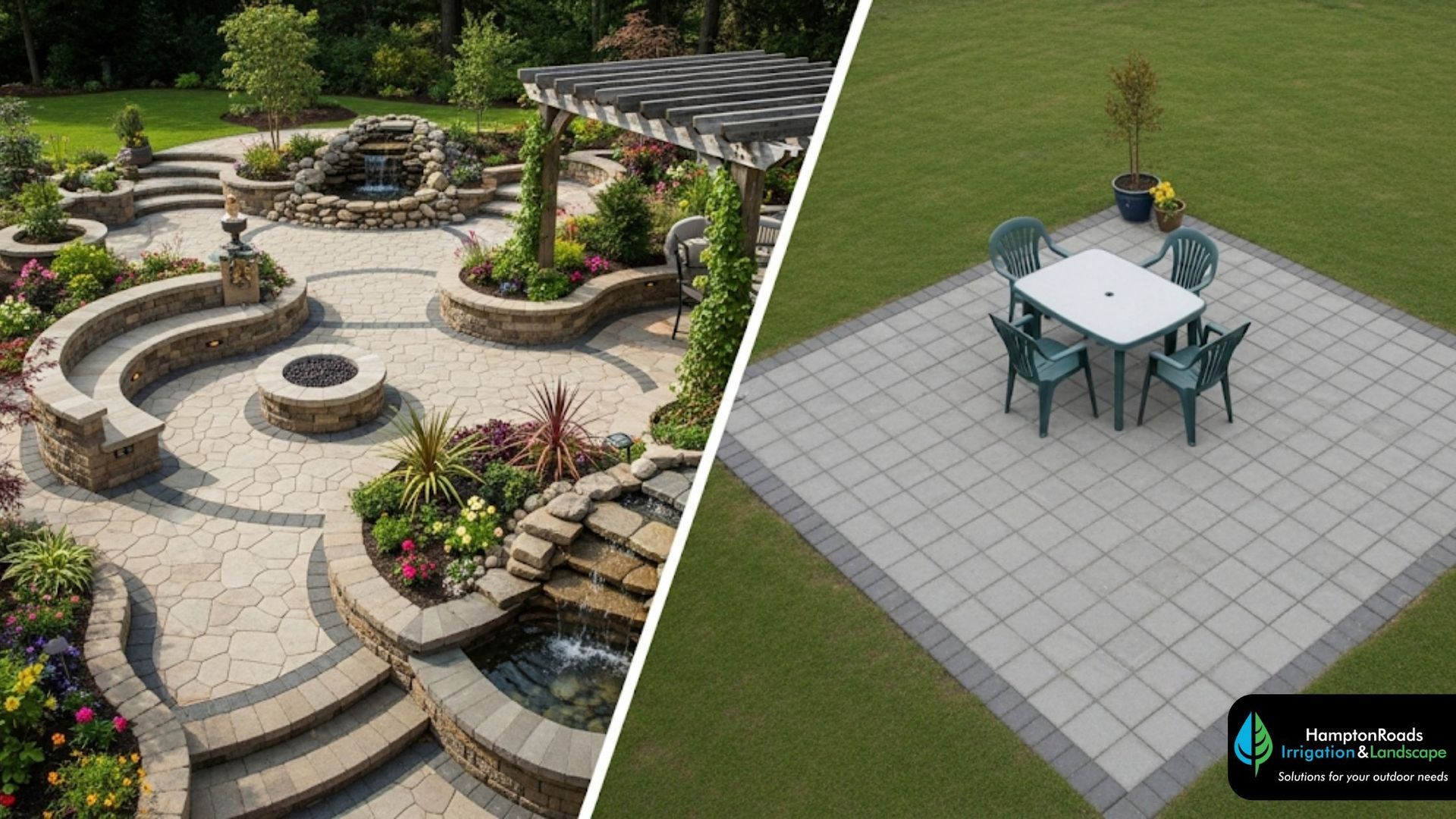
Imagine stepping out into your backyard and finding a living space crafted just for you—every curve, material, and layout tailored to your lifestyle. That’s the power of a custom hardscape that transforms ordinary yards into personal sanctuaries. By opting for a personalized design instead of an off-the-shelf solution, homeowners in Hampton Roads create a unique patio experience that reflects their tastes and functions seamlessly with their outdoor living goals. From selecting premium pavers to integrating built-in seating and fire features, the freedom of a custom approach elevates comfort, durability, and curb appeal in ways no kit can match.
What is the difference between a custom-designed patio and a pre-built kit?
Outdoor Patio Hampton Roads homeowners face a pivotal choice: go bespoke or pick a boxed solution. Custom patios begin with a blank canvas where design professionals map out dimensions, material palettes, and functional zones. Pre-built kits arrive in standard sizes with pre-cut components, requiring minimal design input but offering limited flexibility. While kits appeal for quick installs and lower upfront costs, they can’t rival the spatial harmony or material quality achieved through a custom hardscape.
Why should you consider a custom-designed patio for your home?
Launching a custom patio project begins with defining lifestyle needs. Whether you host weekend gatherings or crave quiet morning coffee moments, a personalized design ensures each feature—be it a fire pit, built-in seating, or raised planting beds—aligns with how you intend to use the space. This client-centric process yields an outdoor environment that feels intuitive the moment you step onto the stonework.
Custom projects also benefit from close collaboration with experienced contractors and landscape architects. By drawing on years of local insights—like soil conditions in the Tidewater region or best practices for managing water runoff—professionals fine-tune drainage, grading, and foundation work to protect your investment for decades. Pre-built kits simply cannot account for these site-specific variables.
Moreover, custom-built patios accommodate future expansions. Integrating conduits for outdoor lighting or wiring channels for a sound system during initial construction eliminates costly retrofitting later. If stone seating morphs into an outdoor kitchen down the road, the foundational work has already been engineered to carry heavier loads and complex fixtures.
Seamless integration with existing landscapes
A hallmark of bespoke outdoor design is its harmonious merging with existing ecology. Planting niches, retaining walls, and steps carved into slopes make transitions feel natural rather than forced. Tailored drainage solutions guide rainwater away from foundations and protect adjacent gardens, ensuring both patio and flora thrive together.
Enhanced property value and return on investment
Real estate experts agree that well-executed landscape improvements outperform most interior renovations. A thoughtfully crafted patio extends living space and enhances curb appeal, boosting appraisal value. Custom hardscape features—like stone fireplaces or water features—often recoup a high percentage of costs when it’s time to sell.
What cost factors should you weigh between custom patios and kits?
Budget planning stands at the heart of any patio decision. Pre-built kits advertise affordability, with package prices covering materials and instructions. Yet additional expenses—like grading, base preparation, and specialized tool rentals—quickly add up. Meanwhile, custom projects involve line items for design, permits, and skilled labor, which drive up initial costs but often reduce change orders and unexpected overruns.
When assessing lifetime value, durable materials and professional installation mitigate repair bills and resealing cycles. A high-end stone patio may outlast a kit’s concrete blocks by decades, delivering better weather resistance and color retention. Clients seeking a low-maintenance outdoor solution often find the upfront investment in custom hardscape justifiable over the long term.
How does installation and timeline differ for each option?
Pre-built kits promise weekend assembly, appealing to DIY enthusiasts. Despite haste, installers must still ensure level bases, compacted subgrades, and precision spacing—a process that can extend beyond a simple plug-and-play scenario. If errors occur, structural shifts or uneven settling may necessitate teardown and reinstallation.
In contrast, custom patios follow a phased schedule: design, permitting, site prep, hardscape construction, and finishing touches. Although this adds weeks to the calendar, it allows for meticulous execution. In regions like Hampton Roads, where clay soils and seasonal rains present challenges, pacing work to avoid storm delays ultimately protects the integrity of the build.
Which materials offer the best durability and aesthetics?
Choosing the right cladding transforms patios into lasting focal points. Natural stone—travertine, bluestone, and limestone—provides timeless elegance and slip resistance, while porcelain pavers mimic stone or wood textures with minimal upkeep. Brick conveys a classic charm, and stamped concrete can replicate intricate patterns at a lower cost.
Selecting material involves balancing aesthetic preferences, maintenance expectations, and regional weather resilience. Custom hardscape designers often recommend sealing porous stones to shield them from mold and staining, while ensuring joints accommodate thermal movement. By comparison, pre-built kits typically include generic pavers that may fade or crack under harsh sun and seasonal freeze-thaw cycles.
Durable Patio Materials become even more critical in coastal climates where salt air accelerates degradation. Professionals will guide your selection, ensuring both beauty and surface longevity.
How can lighting elevate your custom patio experience?
Integrating low-voltage LED fixtures, uplights, and pathway lights extends patio usability well into evening hours. A custom layout accommodates wiring channels beneath pavers, enabling seamless placement of fixtures without unsightly conduits. This level of foresight maximizes ambiance and safety while preserving the hardscape’s aesthetic purity.
Unlike pre-built kits that lack provisions for lighting, a personalized design integrates fixtures at critical nodes—beneath seating edges, behind planters, or along retaining walls—accentuating textures and creating depth. Before laying stone, contractors install junction boxes and trench lines, ensuring that every bulb illuminates with minimal disruption to surfaces.
Locating lights at varying heights also adds layers of visual interest. For an expert guide on fixture selection and placement, explore Outdoor Patio Lighting Ideas to spark inspiration for your next project.
What essential design elements should you consider?
Designing a functional and inviting patio involves more than selecting pavers. Define zones for cooking, dining, and lounging, and consider how traffic flows between indoor and outdoor living areas. Materials and color palettes should harmonize with adjacent exteriors, while transitions—like steps or level changes—maintain safety and style.
Incorporating texture through accent walls, fire features, or water elements enriches visual appeal, providing focal points that draw guests into the space. Custom-built seating walls or planter boxes double as structural elements and decorative touches, blending form and function seamlessly.
If you’re mapping out these features, reference Essential Outdoor Patio Design Elements. This resource outlines must-have components—from retaining walls to shade structures—that elevate both form and function.
How do you ensure proper drainage and foundation longevity?
In Hampton Roads, clay-heavy soils and seasonal rainfall demand robust drainage planning. Without adequate channels, water ponds on patios and undermines foundations, leading to heaving and shifts. Custom projects often install French drains, gravel trenches, and permeable joint fillers to channel runoff away from structures and planting beds.
During site prep, a compacted aggregate base creates a stable platform, distributing load evenly and preventing settlement. Professional installers calibrate base depth based on soil type, expected traffic loads, and local frost lines. Prebuilt kits, lacking site-specific engineering, can leave patios vulnerable to soil movement and surface cracking.
How do warranties and maintenance requirements compare?
Manufacturers of pre-built patio kits may offer limited warranties on materials, but these often exclude labor or warranty stipulations tied to improper installation. Custom hardscape contractors typically back their work with comprehensive guarantees covering both materials and workmanship. This accountability ensures that any settlement issues or material defects are addressed promptly.
Maintenance protocols also vary. High-quality stones require occasional sealing and joint attention, while basic kits might need full paver replacement if blocks chip or colors fade. Establishing a maintenance schedule—power washing, sealant touch-ups, and vegetation trimming—preserves both function and curb appeal.
How can you plan budget-friendly upgrades in a custom design?
Customization need not break the bank. Designers can phase elements—beginning with core patio space and adding features over time as budgets allow. For instance, lay the foundation and pavers now, then schedule the fire table or built-in grill once resources permit. This staged approach maintains design continuity while easing financial strain.
Material selection also influences cost. Mixing premium focal stones with complementary but more economical field pavers strikes a balance between visual interest and budget control. Selective use of decorative borders or accent tiles can deliver high-end flair without overspending on the entire surface.
Outdoor Patio Hampton Roads projects often employ this phased strategy, ensuring homeowners realize immediate benefits and preserve long-term design intentions.
How to collaborate with professionals for your patio project?
A successful custom patio demands clear communication and defined milestones. Start by gathering inspiration images and site measurements, then engage with landscape architects or hardscape specialists. Review preliminary sketches, material samples, and installation timelines before finalizing contracts.
Throughout installation, regular check-ins guarantee adherence to design intent and timely decision-making on any adjustments. Transparent cost tracking and milestone payments help maintain budget discipline and project momentum. If you’re ready to explore how experts can bring your dream patio to life, don’t hesitate to Contact us for a consultation.
Conclusion
Whether you seek a unique patio retreat or crave the simplicity of a kit, understanding the distinct benefits of each path empowers you to make an informed choice. Custom-designed patios deliver unmatched personalization, superior materials, and long-term value—qualities that resonate deeply with homeowners in our region. At the same time, pre-built kits offer quick installs and lower initial costs, though they lack the bespoke craftsmanship and site-specific engineering of tailored hardscapes.
For those prioritizing design freedom, durability, and seamless integration, partnering with Hampton Roads Irrigation & Landscape ensures a transformation rooted in local expertise and quality standards. Embrace a custom hardscape that stands as a testament to your vision, enhances outdoor living, and elevates property value for years to come.
Frequently Asked Questions
1. How much more does a custom patio cost compared to a pre-built kit?
While custom-designed patios typically carry a higher upfront investment—often 30–50% above kit costs—the lifetime value and durability frequently outweigh the initial premium. Detailed quotes depend on site conditions, materials, and design complexity.
2. Can I install a custom patio on sloped terrain?
Absolutely. Custom hardscape professionals survey grades and incorporate retaining walls, stairs, or terraced design elements to create a level, functional surface on uneven ground.
3. What maintenance does a custom stone patio require?
Routine maintenance involves annual power washing, crack inspections, and resealing porous stones every 2–3 years. Proper joint care and clearing debris ensure longevity and color retention.
4. Are there eco-friendly options for patio materials?
Yes. Permeable pavers, recycled concrete aggregates, and sustainably sourced natural stone are popular green choices that promote water infiltration and reduce environmental impact.
5. How long does it take to build a custom patio?
From initial design approval to final installation, expect a timeline of 4–8 weeks. Permitting, site prep, and weather contingencies are factored into a reliable project schedule.
